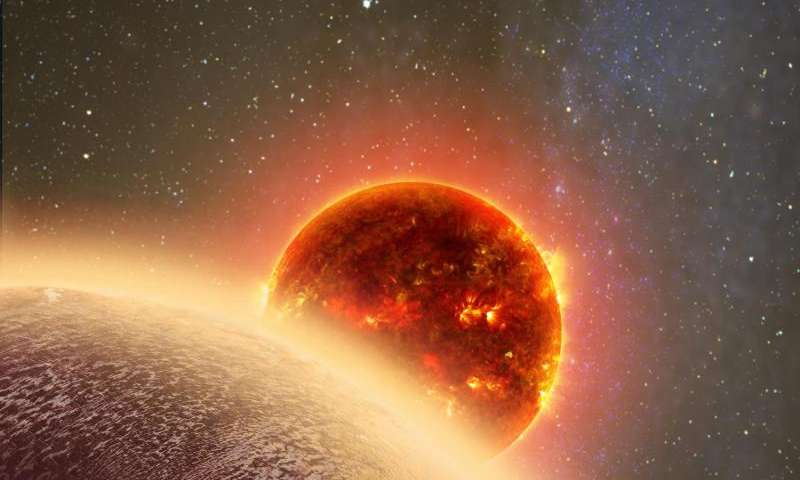
Astronomers have discovered another Earth-sized exoplanet that is the closest one to our own Solar System found so far, but it might not be a nice place to live or even visit, with conditions thought to be more like Venus than our home world.
The planet, GJ 1132b, is calculated to be 1.2 times the size and 1.6 times the mass of Earth and is only 39 light-years away—very close in galactic terms—and the nearest Earth-sized exoplanet found so far. It orbits an M-dwarf type star which is smaller and cooler than the Sun. The findings were published today in the journal Nature by scientists from MIT and elsewhere.
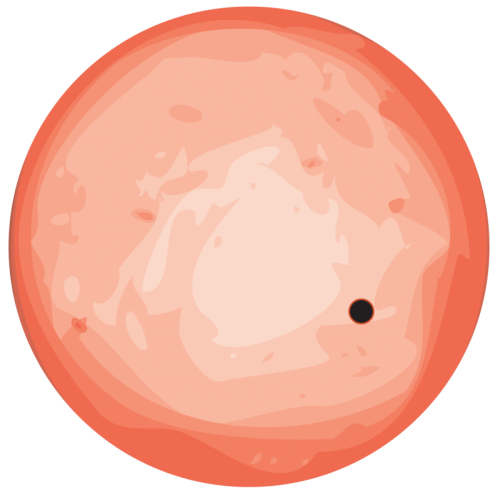
Despite being so close to Earth in size, the planet is more like Venus, with an estimated temperature of 500 degrees Fahrenheit (260 degrees Celsius), since it orbits very close to its star, completing an orbit in only 1.6 days—not quite as hot as Venus itself, but still enough to make any liquid water unlikely, at least on the surface. It is therefore rather inhospitable and not a good place to search for life. It is also tidally locked to its star, so it keeps the same face toward the star, much like the Moon also keeps the same face toward Earth. One side of the planet is always in daylight while the other is permanently in darkness.
“The temperature of the planet is about as hot as your oven will go, so it’s like burnt-cookie hot,” said Zachory Berta-Thompson, a postdoc in MIT’s Kavli Institute for Astrophysics and Space Research. “It’s too hot to be habitable – there’s no way there’s liquid water on the surface. But it is a lot cooler than the other rocky planets that we know of.”
While searingly hot, the planet is still cool enough to retain a substantial atmosphere. This makes it an ideal candidate for further studies by other telescopes which could determine the actual composition of the atmosphere as well as wind patterns or even the color of sunsets. Studies in this area have been limited so far since most exoplanets discovered so far are much farther away, making it more difficult to examine them in detail. The upcoming James Webb Space Telescope (JWST), much larger than the Hubble Space Telescope, will be able to do just that. JWST is scheduled to launch in 2018.
“We think it’s the first opportunity we have to point our telescopes at a rocky exoplanet and get that kind of detail, to be able to measure the color of its sunset, or the speed of its winds, and really learn how rocky planets work out there in the universe,” Berta-Thompson said. “Those will be exciting observations to make.”
“If we find this pretty hot planet has managed to hang onto its atmosphere over the billions of years it’s been around, that bodes well for the long-term goal of studying cooler planets that could have life,” Berta-Thompson said. “We finally have a target to point our telescopes at, and [can] dig much deeper into the workings of a rocky exoplanet, and what makes it tick.”
GJ 1132b was first discovered using the MEarth-South Observatory, an array of eight 40-centimeter-wide robotic telescopes in Chile. The observatory is led by Harvard Observatory and specifically monitors M-dwarf stars, which commonly have exoplanets orbiting them. On May 10, 2014, the transit “dip” of the planet was discovered; the star’s brightness dimmed by 0.3 percent every 1.6 days, indicating that a small planet was orbiting it.
“Our galaxy spans about 100,000 light-years,” Berta-Thompson said. “So this is definitely a very nearby solar neighborhood star.”
“We didn’t know the planet’s period from one single event, but when we phased many of them together, this signal popped out,” he added.
This time-lapse video shows the exact moment that GJ 1132b was discovered:
From the abstract:
“Receiving 19 times more stellar radiation than the Earth, the planet is too hot to be habitable but is cool enough to support a substantial atmosphere, one that has probably been considerably depleted of hydrogen. Because the host star is nearby and only 21 per cent the radius of the Sun, existing and upcoming telescopes will be able to observe the composition and dynamics of the planetary atmosphere.”
According to Drake Deming, an astronomer at the University of Maryland, GJ 1132b is “arguably the most important planet ever found outside the Solar System. Its proximity and orbit around a red dwarf will allow astronomers to study the planet with unprecedented fidelity. It’s nearby, it’s Earth-like, and its star won’t interfere.”
In 2014, the first Earth-sized exoplanet was discovered in the habitable zone of another star. Kepler-186f orbits a red-dwarf star about 500 light-years away, and is one of five known planets in that planetary system. Planets of similar size and mass to the Earth and in the habitable zone of their stars are of special interest, because they could have liquid water on their surfaces, increasing the chances for life of some kind.
As Paul Hertz, director of NASA’s Astrophysics Division in Washington, noted:
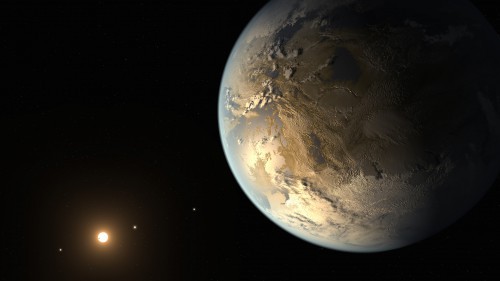
“The discovery of Kepler-186f is a significant step toward finding worlds like our planet Earth. Future NASA missions, like the Transiting Exoplanet Survey Satellite and the James Webb Space Telescope, will discover the nearest rocky exoplanets and determine their composition and atmospheric conditions, continuing humankind’s quest to find truly Earth-like worlds.”
“We know of just one planet where life exists – Earth. When we search for life outside our solar system we focus on finding planets with characteristics that mimic that of Earth,” said Elisa Quintana, research scientist at the SETI Institute at NASA’s Ames Research Center. “Finding a habitable zone planet comparable to Earth in size is a major step forward.”
“But even if life is abundant in the cosmos, finding unambiguous spectroscopic evidence of it is a daunting task that lies in the indefinite future,” Deming noted. “Observations of small stars, such as Gliese 1132, loom large in this task.”
GJ 1132b is not too far away, but there are an estimated 500 star systems closer to Earth than that, and it is hoped that other space telescopes such as the also-upcoming Transiting Exoplanet Survey Satellite (TESS) will be able to find more Earth-sized worlds even closer. Most rocky Earth-sized exoplanets have been found by the Kepler space telescope so far, which focuses on a region of stars which are much farther away. Worlds of this size are now thought to be common, so by extrapolation, there should be others even closer to Earth than GJ 1132b.
“Of the billions of star systems in the Milky Way galaxy, about 500 are closer than GJ 1132,” Berta-Thompson said. “TESS will find planets around some of these stars, and those planets will be valuable comparisons for understanding GJ 1132b and rocky planets in general.”
On that note, there has also been debate as to whether any Earth-sized planets orbit the nearest star system to us, Alpha Centauri. Hubble observations have supported this possibility, although studies so far have not. The two planetary candidates, if they exist, orbit the star Alpha Centauri B, one of the two stars in the binary star system.
“If you ask anyone working in exoplanets, they would all have a different opinion about the existence of Alpha Centauri Bb,” said Brice-Oliver Demory of the University of Cambridge.
GJ 1132b may not be a hoped-for “second Earth,” but it does help to show once again that planets of this size are common in the Universe, and the more of them that we find, the closer we get to actually discovering another life-supporting world out there.
Want to keep up-to-date with all things space? Be sure to “Like” AmericaSpace on Facebook and follow us on Twitter: @AmericaSpace
Missions » James Webb Telescope »



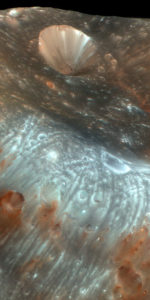
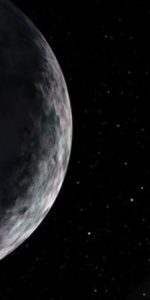
Interesting…But I thought that Alpha Centauri Bb is a possible extrasolar planet orbiting the K-type main-sequence star Alpha Centauri B, located 4.37 light-years from Earth in the southern constellation of Centaurus… Which at 4.37 Light years couldn’t we send a message and get an answer all within 10 Years?